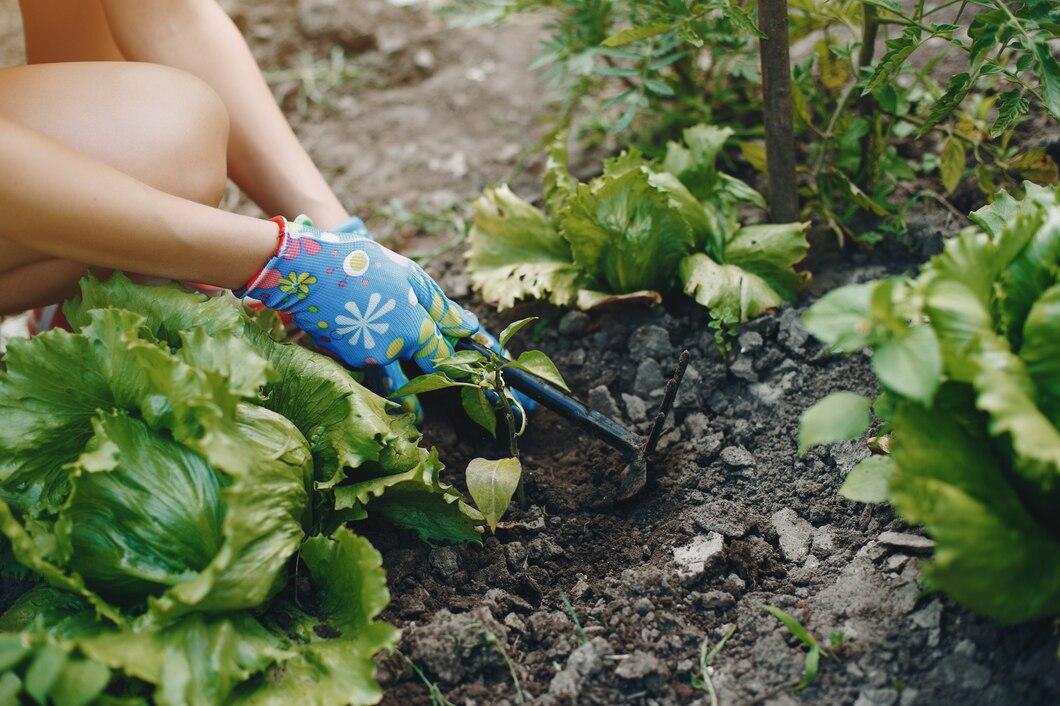Designing a Drought-Resistant Garden Bed That Thrives in Toledo

Creating a beautiful garden in Toledo, Ohio, doesn’t have to be a constant battle against water restrictions and dry spells. A drought-resistant garden bed is a smart solution that not only enhances the charm of your yard but also offers resilience during dry periods. With careful planning, you can have a garden that requires less water and maintenance while still looking lush and full of life.
Toledo’s climate can vary, with hotter months posing challenges for garden enthusiasts. Designing a drought-resistant garden bed allows you to enjoy greenery without the stress of constant watering. By choosing the right plants and employing smart techniques, your garden can become a vibrant oasis that thrives naturally in sunny or drought conditions.
Understanding Drought-Resistant Plants
Drought-resistant plants can survive with less water than other plants, making them ideal for climates like Toledo’s. These plants have unique adaptations to withstand dry conditions while still flourishing. Some have deep root systems to access water deep underground, while others might have leaves designed to retain moisture and reduce water loss.
Here are a few plants that work well in Toledo:
– Sedum: These hardy succulents store water in their leaves and are perfect for rock gardens.
– Lavender: Known for its fragrant blooms, lavender is robust and can handle the dry months with grace.
– Coneflower: A native plant that adds color and requires minimal care.
Selecting the right plants is crucial for your garden design. With a variety of drought-resistant plants available, you can create a diverse and spectacular garden bed suited to both residential and commercial landscapes in Toledo.
Steps to Design a Drought-Resistant Garden Bed
Creating a garden that withstands dry conditions starts with good soil. The foundation of your garden bed should consist of well-draining soil mixed with organic matter, like compost, to enhance water retention. Begin by loosening the soil to a reasonable depth and integrating compost. This improves the soil’s ability to retain moisture and provide nutrients for your plants.
Once you have prepared the soil, the next step is selecting and grouping plants wisely. Think about how each plant’s water needs can affect your garden design. Group plants with similar water requirements together to optimize watering efforts. This not only reduces waste but also supports the health of your plants. Consider planting in clusters or layers to enhance moisture retention and create an attractive, natural look.
For a finishing touch, consider designing your garden bed layout to promote water efficiency. Utilize swales or shallow ditches that direct and hold rainwater where it’s needed most. Including raised beds can prevent water pooling and ensure adequate drainage.
Mulching Techniques for Drought-Resistant Gardens
Applying mulch is a straightforward yet effective technique to aid moisture retention and minimize evaporation in your garden. Mulch serves as a protective layer over the soil, acting like a natural blanket that keeps your plants cool during hotter months.
There are several types of mulch you might consider:
– Organic Mulch: Made from natural materials such as wood chips, bark, or leaves, organic mulch enriches the soil as it breaks down.
– Inorganic Mulch: Items like gravel or pebbles that don’t decompose quickly but are excellent for managing temperature and conserving moisture.
When applying mulch, aim for a layer about two to three inches thick. Distribute it evenly around your plants, ensuring it doesn’t touch the stems to prevent rot. Replenish mulch as needed to maintain its effectiveness throughout the growing season.
Maintenance Tips for a Thriving Drought-Resistant Garden
Even the most carefully designed drought-resistant garden requires regular upkeep. Establishing a consistent watering schedule is key. Early morning watering is best, reducing evaporation and ensuring plants stay hydrated. Consider a drip irrigation system to deliver water directly to the roots efficiently.
In addition to watering, regular maintenance tasks will keep your garden in peak condition. This includes:
– Checking for pests or diseases and managing them promptly.
– Pruning plants as necessary to encourage healthy growth.
– Rotating mulch or replenishing it to maintain its protective barrier.
With these steps and techniques, your Toledo garden can flourish even during dry spells, offering beauty and resilience in your outdoor space. So, get ready to transform your yard and enjoy the benefits of a thoughtfully crafted drought-resistant garden.
Get ready to transform your Toledo yard into a resilient paradise by exploring our garden bed design services at Kerekes Lawn & Landscape. Our expert designs will help your garden thrive even during dry spells, ensuring it remains beautiful and low-maintenance. Let us assist you in creating a sustainable outdoor space that you’ll enjoy season after season.
